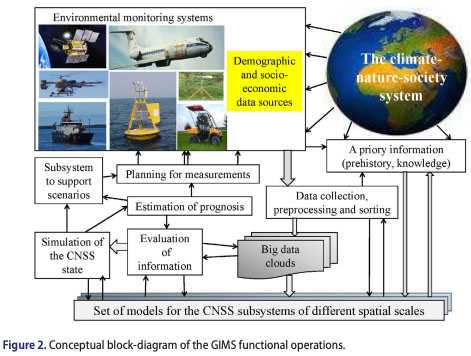Selecting Alert/Action Limits for Environmental Monitoring Programs
James D. Wilson
Environmental Monitoring
Jeanne Moldenhauer
Chromatic Monitoring of Complex Conditions
Edited By Gordon Rees Jones, Anthony G. Deakin, Joseph W. Spencer
Explaining the chromatic methodology for the intelligent monitoring of complex systems, Chromatic Monitoring of Complex Conditions demonstrates that chromatic processing is analogous to human vision yet also extends into a wide range of nonoptical domains.
Taking a practical approach that utilizes many examples and graphs, the book presents the origin and methodology of chromaticity, before delving into the various applications of chromatic methods. It first describes characteristics of chromatic systems and chromatic processing algorithms, such as H, S, V transformation and basic x, y, z algorithms. The book then discusses the areas in which chromatic monitoring can be deployed, including electrical plasmas, industrial liquids, broadband interferometry and polarimetry, biological tissues and fluids, the environment, and acoustical and vibration signals.
With contributions from international authorities in the field, this volume shows how chromatic analysis is useful for investigating diverse complex systems and for processing large amounts of information about system behavior, from direct physical parameters to holistic system overviews. By covering the broad capabilities of the methodology, it provides the basis for adapting chromatic techniques in future work.
Quality assurance for environmental monitoring programs
Published in Accountability in Research
Comparison of Count Modeling Techniques for Estimating Environmental Monitoring Limits in Clean Rooms
Published in Statistics in Biopharmaceutical Research
Environmental Monitoring in Urban Areas: Political Contexts and Policy Problems
Published in Journal of Environmental Planning and Management
Environmental monitoring activities are examined from a perspective which focuses on the political, economic and social factors which shape what we know and do not know about local environments. A UK urban case study is used to examine the range of influences that can operate on local level monitoring and comparisons are then made with the situation in three other European cities. Conclusions are drawn which debate the appropriate balance between local discretion and national and international direction in the collection of environmental information. It is argued that scrutiny of and revisions to the quality of current environmental monitoring in the UK and wider debate over questions of purpose, scope and resource commitment are needed.
Environmental Monitoring Systems
Published in IETE Journal of Research
A Feasibility Study on the Predictive Emission Monitoring System Applied to the Hsinta Power Plant of Taiwan Power Company
Published in Journal of the Air & Waste Management Association
T.W. Chien, H. Chu, W.C. Hsu, T.K. Tseng, C.H. Hsu, K.Y. Chen
The continuous emission monitoring system (CEMS) can monitor flue gas emissions continuously and instantaneously. However, it has the disadvantages of enormous cost, easily producing errors in sampling periods of bad weather, lagging response in variable ambient environments, and missing data in daily zero and span tests and maintenance. The concept of a predictive emission monitoring system (PEMS) is to use the operating parameters of combustion equipment through thermodynamic or statistical methods to construct a mathematic model that can predict emissions by a computer program. The goal of this study is to set up a PEMS in a gas-fired combined cycle power generation unit at the Hsinta station of Taiwan Power Co. The emissions to be monitored include nitrogen oxides (NOx) and oxygen (O2) in flue gas. The major variables of the predictive model were determined based on the combustion theory. The data of these variables then were analyzed to establish a regression model. From the regression results, the influences of these variables are discussed and the predicted values are compared with the CEMS data for accuracy. In addition, according to the cost information, the capital and operation and maintenance costs for a PEMS can be much lower than those for a CEMS.
 Africa
Africa  China
China  Japan
Japan 

